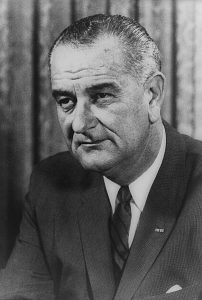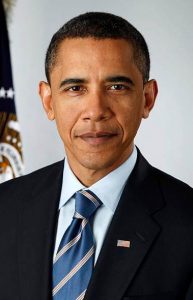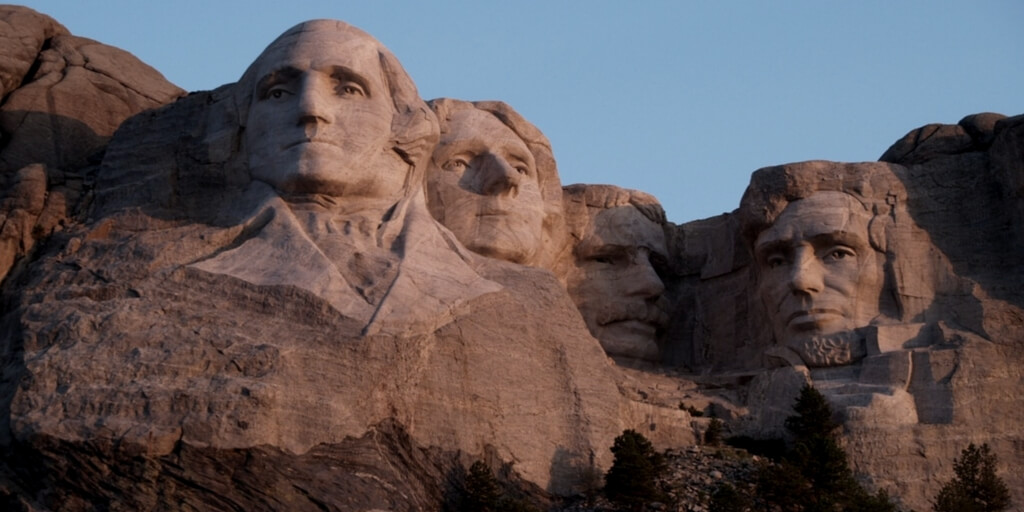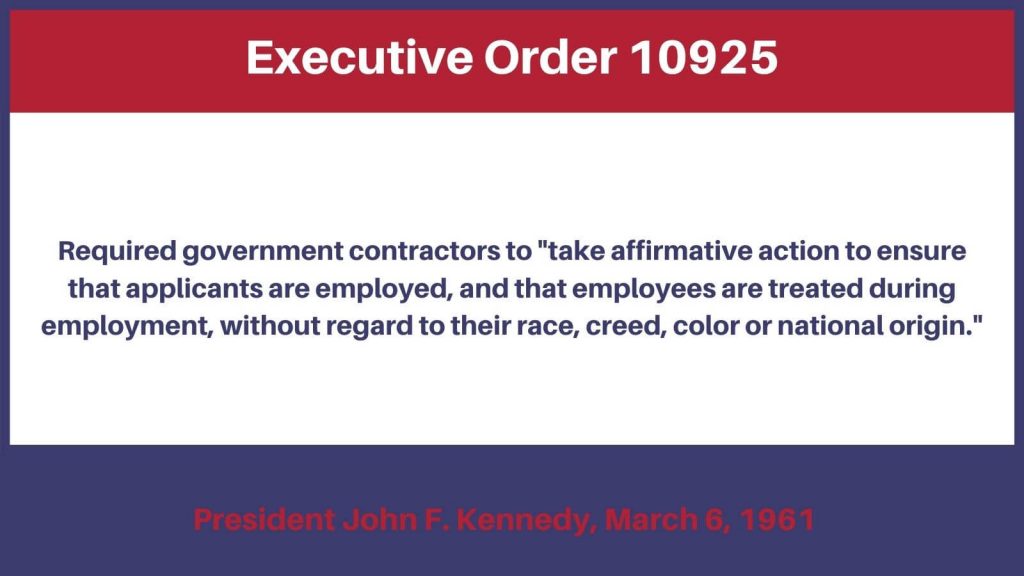
36th U.S. President
On September 24, 1965, President Lyndon B. Johnson signed Executive Order 11246, which continues to impose anti-discrimination and affirmative action requirements upon federal contractors.
The Executive Order came just a year after Congress enacted (and President Johnson signed into law) the Civil Rights Act of 1964. Title VII of that act created the first national employment discrimination protections based on race, sex, color, national origin, and religion.
Although Johnson’s executive order is the one still cited for its administrative action requirements, its impact isn’t all because of him. A number of U.S. Presidents have contributed to these legal obligations on federal contractors over the year.
What It Does
Executive Order 11246 covers federal contractors who do over $10,000 in government business in a year. It essentially has two basic functions (as amended):
- Prohibits discrimination in employment based on race, color, religion, sex, or national origin.
- Requires affirmative action to ensure that equal opportunity is provided in all aspects of employment.
In addition, contractors with over 50 employees and a contract of at least $50,000 must prepare written affirmative action plans. The Office of Federal Contract Compliance (OFCCP) may audit contractors to review compliance with the affirmative action requirements.
Covered contractors who do not satisfy the affirmative action requirements face many possible penalties. These can include pay awards, notices of violations, enhanced government oversight, loss of contracts, and negative publicity.
History Leading to Executive Order 11246
Executive Order 11246 was not the first Presidential action prohibiting employment discrimination.
On June 25, 1941, President Franklin D. Roosevelt outlawed discrimination based on race, color, creed, and national origin in the federal government and defense industries through Executive Order 8802. In 1943, FDR extended Executive Order 8802 to federal contractors in Executive Order 9346.
Later, Presidents Truman and Eisenhower created a Committee on Government Contract Compliance and then the President’s Committee on Government Contracts, respectively. These committees oversaw compliance by federal contractors with the non–discrimination provisions of Executive Order 8802.
On March 6, 1961, President John F. Kennedy signed Executive Order 10925. This Executive Order required government contractors to “take affirmative action to ensure that applicants are employed, and that employees are treated during employment, without regard to their race, creed, color or national origin.” It also created the President’s Committee on Equal Employment Opportunity, which became the Equal Employment Opportunity Commission (EEOC) under the Civil Rights Act of 1964.
Johnson’s Executive Order 11246’s primary contribution was to make the U.S. Secretary of Labor responsible for administering the pre-existing non-discrimination and affirmative action provisions.
Later Modifications
On October 5, 1978, President Jimmy Carter consolidated all affirmative action enforcement actions under the U.S. Department of Labor through Executive Order 12086.
On December 12, 2002, President Bush amended Executive Order 11246 to allow religiously affiliated contractors to prefer individuals of a particular religion when making employment decisions relevant to the work connected with its activities. (Executive Order 13279)

44th U.S. President
President Obama most recently amended Executive Order 11246 in 2014.
In Executive Order 13665, he prohibited retaliation by federal contractors against employees or applicants who inquire about, discuss, or disclose details of their own or other employees’ or applicants’ compensation.
In Executive Order 13672, President Obama prohibited covered contractors from discriminating based on sexual orientation or gender identity.
Status Under the Trump Administration
With the shift from a Democratic to Republican White House, many questioned the impact on Executive Order 11246. Especially the Obama-era amendments.
On January 31, 2017, President Trump’s administration released a statement that Trump would not rescind Executive Order 13672 (which added sexual orientation and gender identity). However, he did rescind Obama’s companion Executive Order 13673. It had required companies seeking federal contracts to report violations of various federal laws. A federal judge had temporarily enjoined Executive Order 13673. Trump’s action mooted any further challenge to the injunction.
November 2020 Update: A return to a Democratic administration under Joe Biden will likely restore the sexual orientation and gender identity provisions that President Obama added.
Does Executive Order 11246 Cover Your Business?
Employers must know whether they are subject to Executive Order 11246, but many do not. It is a bad day when you receive an audit letter from the OFCCP. It’s much worse when you don’t have the necessary records or an affirmative action plan in place. Businesses with over 50 employees must especially confirm whether they have federal contracts that would trigger affirmative action requirements.
If your organization has any government contracts and hasn’t evaluated the impact on employment practices, now is the time to do so. Whether, and the extent to which, Executive Order 11246 applies is not always an easy question. Employers uncertain of coverage should consult with an attorney experienced with this executive order and other laws that impose affirmative action requirements.
Interested in affirmative action and other employer obligations? Sign up for our email newsletter or follow us on LinkedIn to stay updated about future developments.


You must be logged in to post a comment.